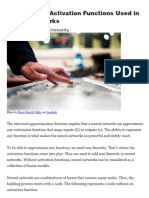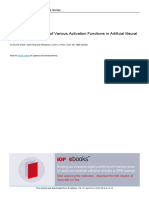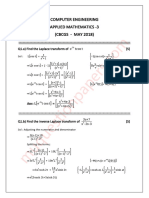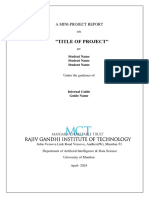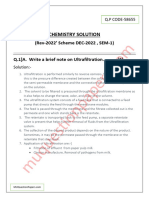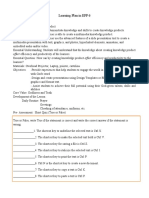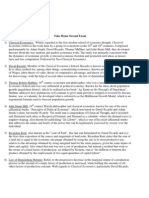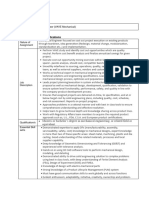0% found this document useful (0 votes)
14 views148 pagesDL Module 2
This document covers the training, optimization, and regularization of Deep Neural Networks (DNN), focusing on various activation functions such as Sigmoid, Tanh, ReLU, and Softmax, along with their advantages and disadvantages. It also discusses loss functions, including Mean Squared Error and Cross Entropy, and the importance of choosing the right activation and loss functions based on the type of problem being solved. Additionally, the document explains the backpropagation algorithm and gradient descent optimization techniques used to update weights in neural networks.
Uploaded by
Madhura KanseCopyright
© © All Rights Reserved
We take content rights seriously. If you suspect this is your content, claim it here.
Available Formats
Download as PDF, TXT or read online on Scribd
0% found this document useful (0 votes)
14 views148 pagesDL Module 2
This document covers the training, optimization, and regularization of Deep Neural Networks (DNN), focusing on various activation functions such as Sigmoid, Tanh, ReLU, and Softmax, along with their advantages and disadvantages. It also discusses loss functions, including Mean Squared Error and Cross Entropy, and the importance of choosing the right activation and loss functions based on the type of problem being solved. Additionally, the document explains the backpropagation algorithm and gradient descent optimization techniques used to update weights in neural networks.
Uploaded by
Madhura KanseCopyright
© © All Rights Reserved
We take content rights seriously. If you suspect this is your content, claim it here.
Available Formats
Download as PDF, TXT or read online on Scribd
/ 148





































